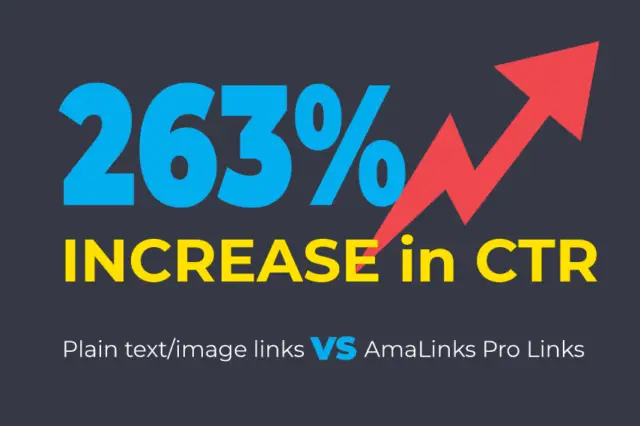
Learn about the Shutterfly affiliate program.
Founded in 1999 by Eva Manolis, Dan Baum, and Jim Clark, Shutterfly was conceived as a revolutionary solution to the then-prevalent challenges of film-based photography. The early 2000s marked a period of digital transformation, with the transition from film cameras to digital cameras gaining momentum. Shutterfly seized this opportunity, recognizing the untapped potential of the digital medium to enhance the way people captured, stored, and shared their memories.
Shutterfly’s initial offerings centered on printing digital photos in a variety of formats, a novel concept at the time. The platform’s name itself, a fusion of “shutter” representing the camera’s mechanism and “fly” suggesting speed and ease, underscored its mission to streamline and modernize traditional photography. By allowing users to upload, edit, and print their digital images, Shutterfly facilitated a seamless bridge between the analog and digital worlds.
Personalization and Beyond: Shutterfly’s Evolution
As technology evolved, so did Shutterfly’s offerings. The platform’s innovation extended beyond mere photo printing, gradually incorporating an array of customizable products. From photo books that transformed digital images into elegant narratives, to personalized calendars, home décor, and stationery, Shutterfly’s evolution catered to diverse creative needs.
One of Shutterfly’s key breakthroughs was its user-friendly design interface. This empowered users to become co-creators, as they could design their own products by selecting templates, arranging images, and adding personal touches. This democratization of creative expression set the stage for a new era in personal photography, enabling individuals to translate their unique perspectives into tangible mementos.
Shutterfly’s Impact on the Digital Photography Landscape
Shutterfly’s impact on photography transcended individual creativity. It played a significant role in reshaping the way businesses approached marketing and promotions. The concept of personalized photo products provided brands with a novel method to engage with their audiences. Companies began to leverage Shutterfly’s platform to create branded merchandise, giveaways, and promotional items, fostering a deeper connection with customers through tangible, customized products.
Furthermore, Shutterfly’s success inspired a wave of competition and innovation in the photo-sharing and printing sector. Competitors emerged with similar platforms, each striving to carve their own niche by offering unique features and services. This ecosystem of competition ultimately propelled the industry to explore new horizons, constantly refining and expanding the possibilities of personalized photo products.
Shutterfly and Social Media: Synergy of Sharing
As social media gained prominence, Shutterfly found itself at the intersection of two major cultural shifts: digital photography and online connectivity. The platform adeptly capitalized on this synergy by seamlessly integrating with social media networks. Users could effortlessly import their photos from platforms like Facebook and Instagram, leveraging their digital footprints to create personalized products.
This integration also led to the birth of collaborative creations. Families, friends, and colleagues could collectively contribute images to design collaborative photo books, capturing shared experiences and memories. Shutterfly thereby transformed into a hub where individual memories converged, giving rise to collective narratives.
Preserving Privacy in a Digital World
However, Shutterfly’s journey wasn’t without challenges. As the digital landscape expanded, concerns around privacy and data security came to the forefront. The platform had to continually adapt its practices to align with evolving privacy regulations and user expectations. Ensuring the safety of personal photos and data became an integral aspect of its services.
Shutterfly.com stands as a testament to the transformative power of technology to reshape age-old traditions. From its humble beginnings as a photo printing service, it has evolved into a platform that empowers individuals to craft tangible memories infused with their creativity and emotions. By bridging the gap between the digital and physical realms, Shutterfly has redefined how we commemorate life’s precious moments, leaving an indelible mark on the ever-evolving canvas of digital innovation.
Did you know that Shutterfly has an affiliate program?
Here is some basic information about what Shutterfly is all about. Check it out, and if you are interested there is a link below to access the Shutterfly affiliate program.

Miles Anthony Smith
Miles is a loving father of 3 adults, devoted husband of 24+ years, chief affiliate marketer at AmaLinks Pro®, author, entrepreneur, SEO consultant, keynote speaker, investor, & owner of businesses that generate affiliate + ad income (Loop King Laces, Why Stuff Sucks, & Kompelling Kars). He’s spent the past 3 decades growing revenues for other’s businesses as well as his own. Miles has an MBA from Oklahoma State and has been featured in Entrepreneur, the Brookings Institution, Wikipedia, GoDaddy, Search Engine Watch, Advertising Week, & Neil Patel.
Commission Rate & Cookie Information
Shutterfly offers a commission of 2% - 10% Per Sale and their cookie lasts for 180 Days.
For more information about this offer: View the Shutterfly homepage


